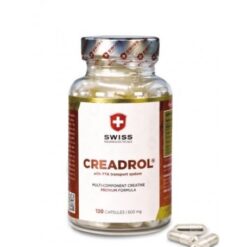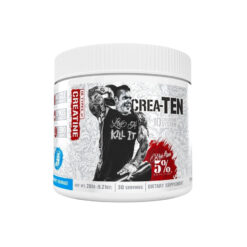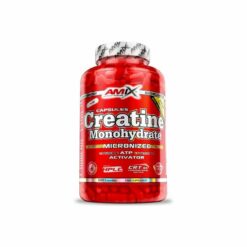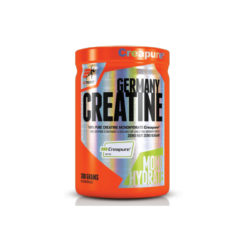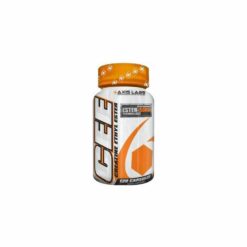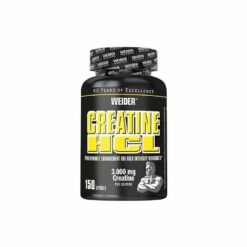If you’re looking to supercharge your athletic performance, creatine is the key. This incredible sport supplement offers a multitude of benefits for athletes and fitness enthusiasts.
**Muscle Growth**: Creatine promotes muscle growth by increasing muscle cell volume, leading to improved strength and size.
**Endurance**: Boost your stamina and endurance with creatine, allowing you to push your limits during workouts and sports activities.
**Quick Energy**: Creatine provides rapid bursts of energy during high-intensity exercises, helping you perform at your best.
**Recovery**: Speed up post-workout recovery by reducing muscle damage and inflammation.
Embrace the power of creatine to enhance your athletic journey. Whether you’re a bodybuilder, runner, or a dedicated fitness enthusiast, this sport supplement can help you achieve peak performance.
In conclusion, creatine is a trusted and scientifically-backed supplement that can elevate your athletic and fitness performance. Make it an essential part of your training regimen today.
